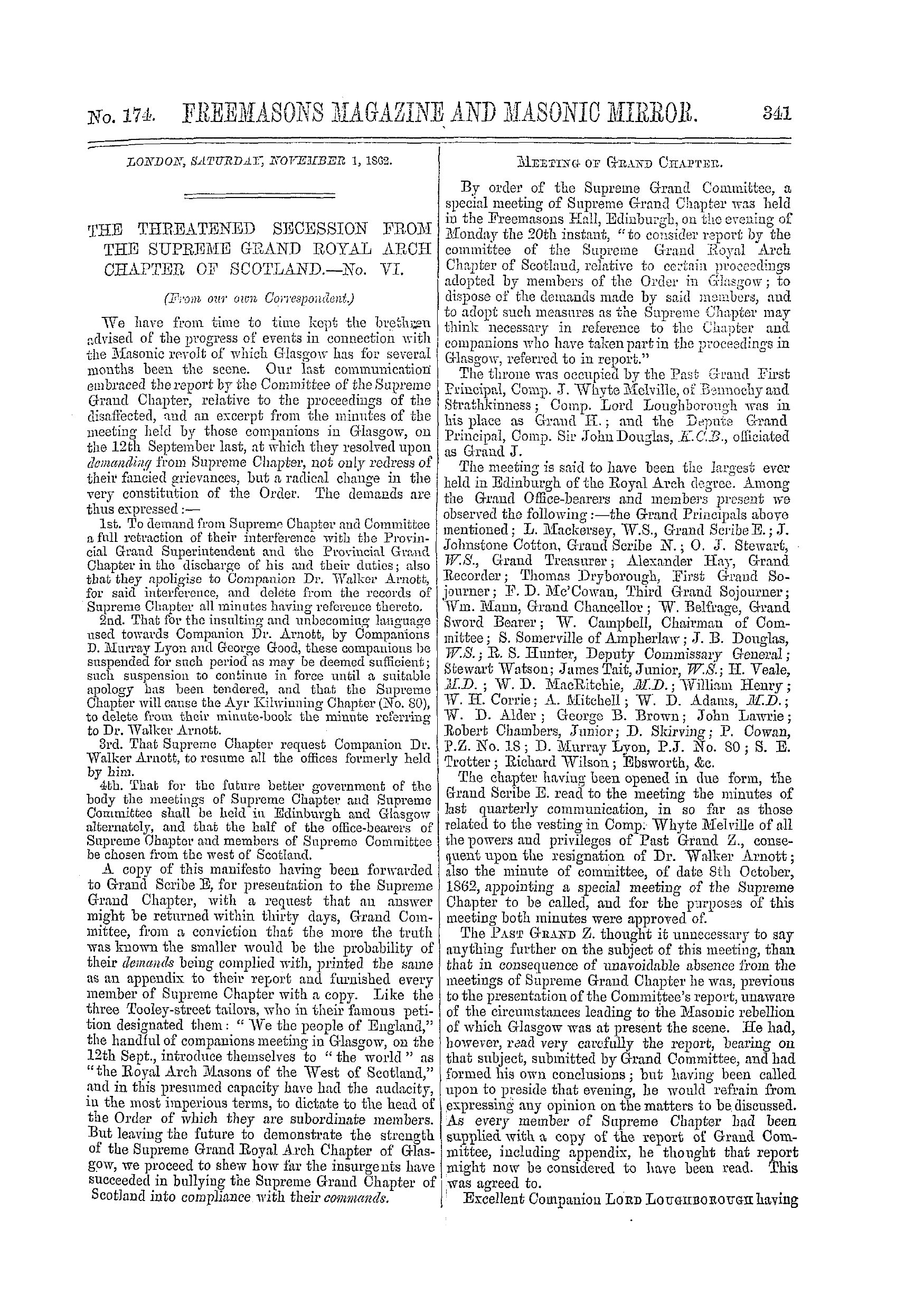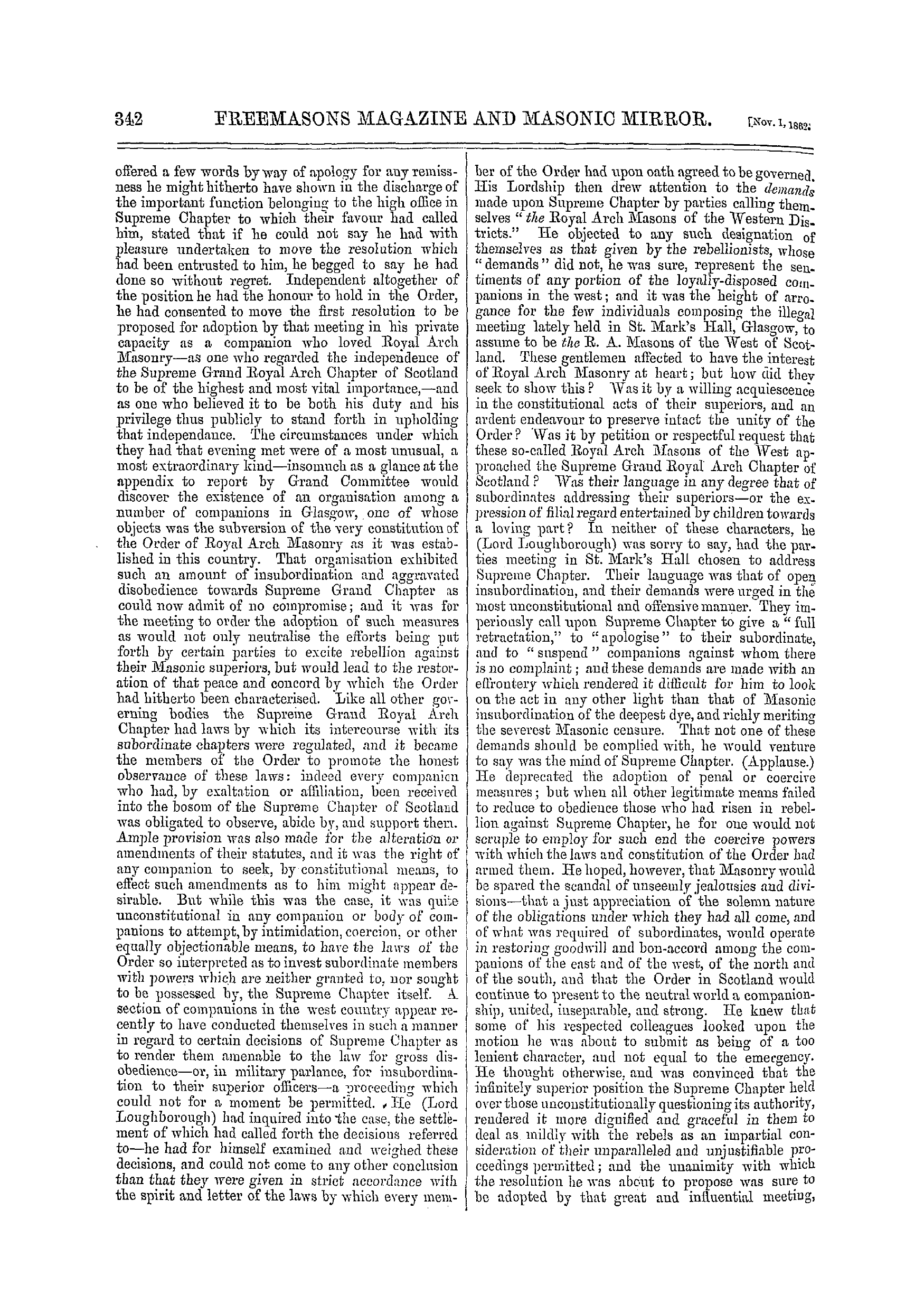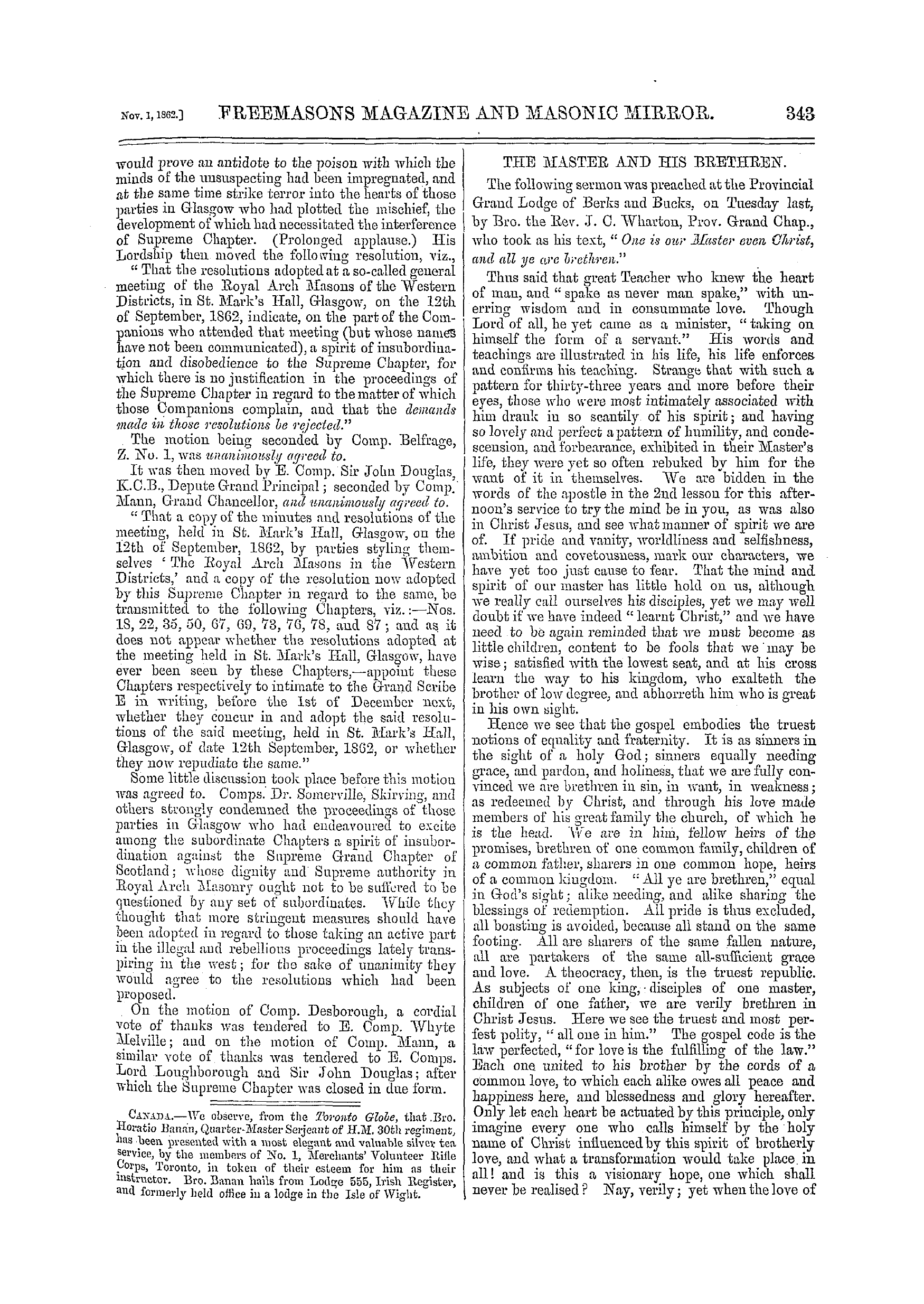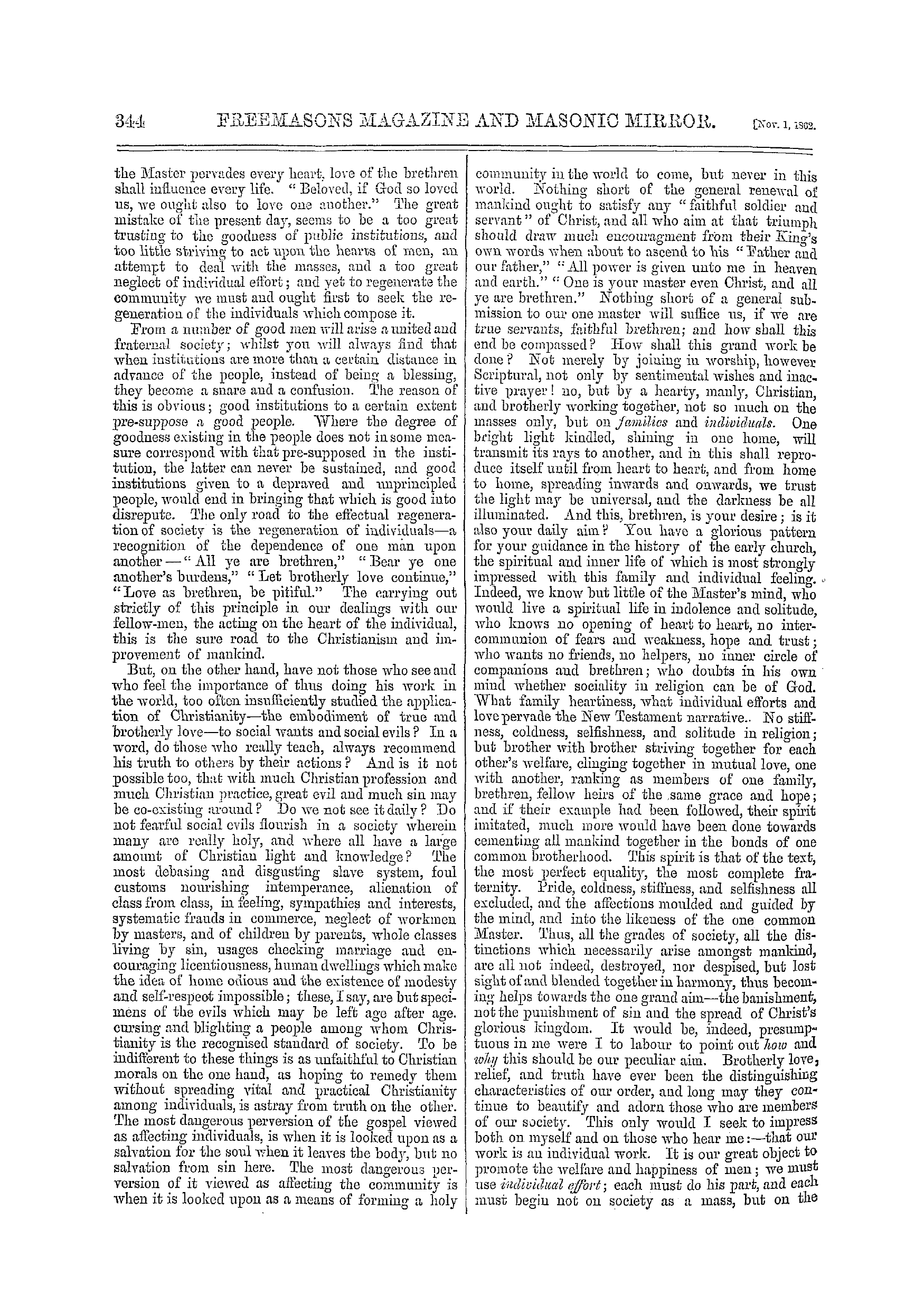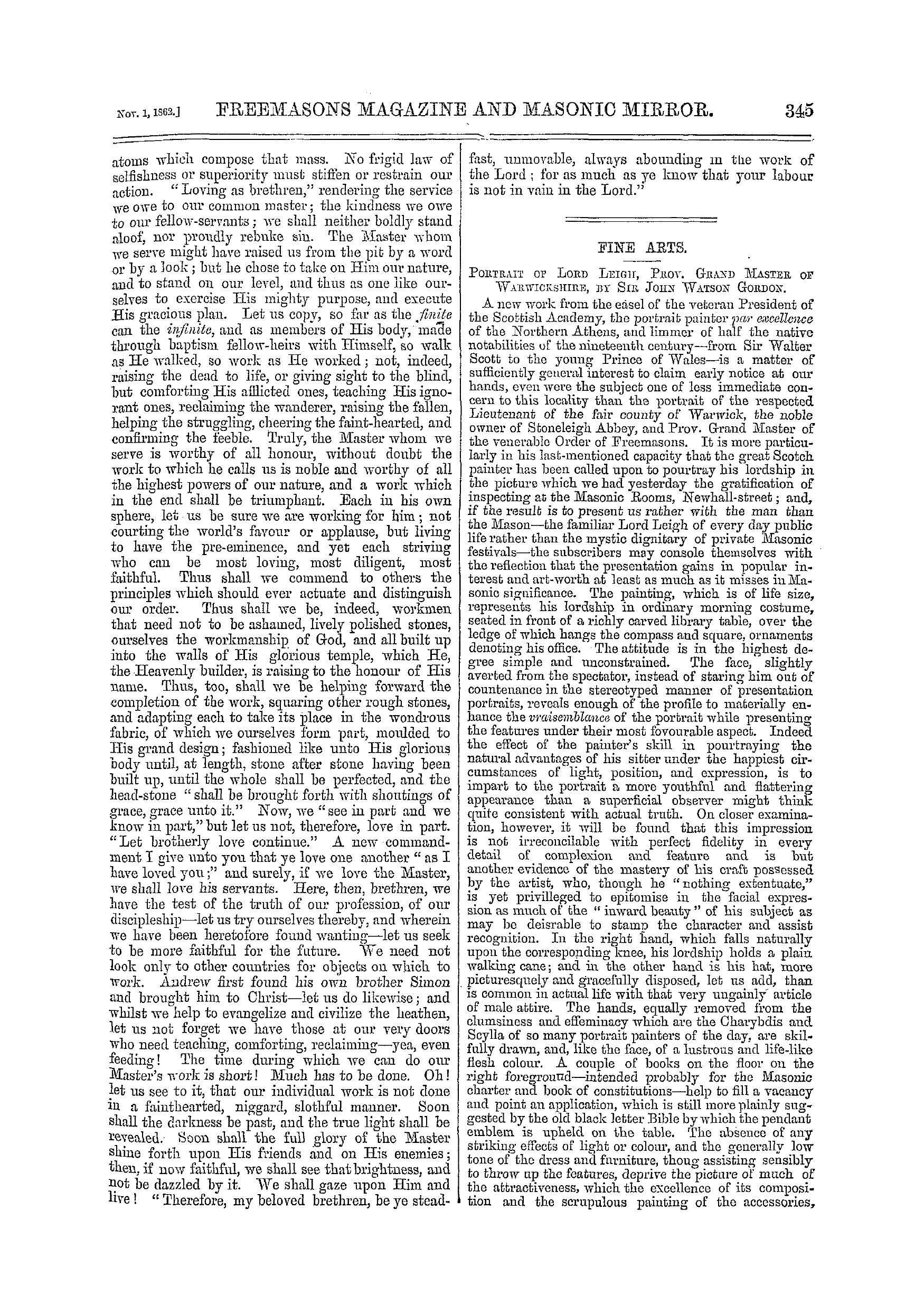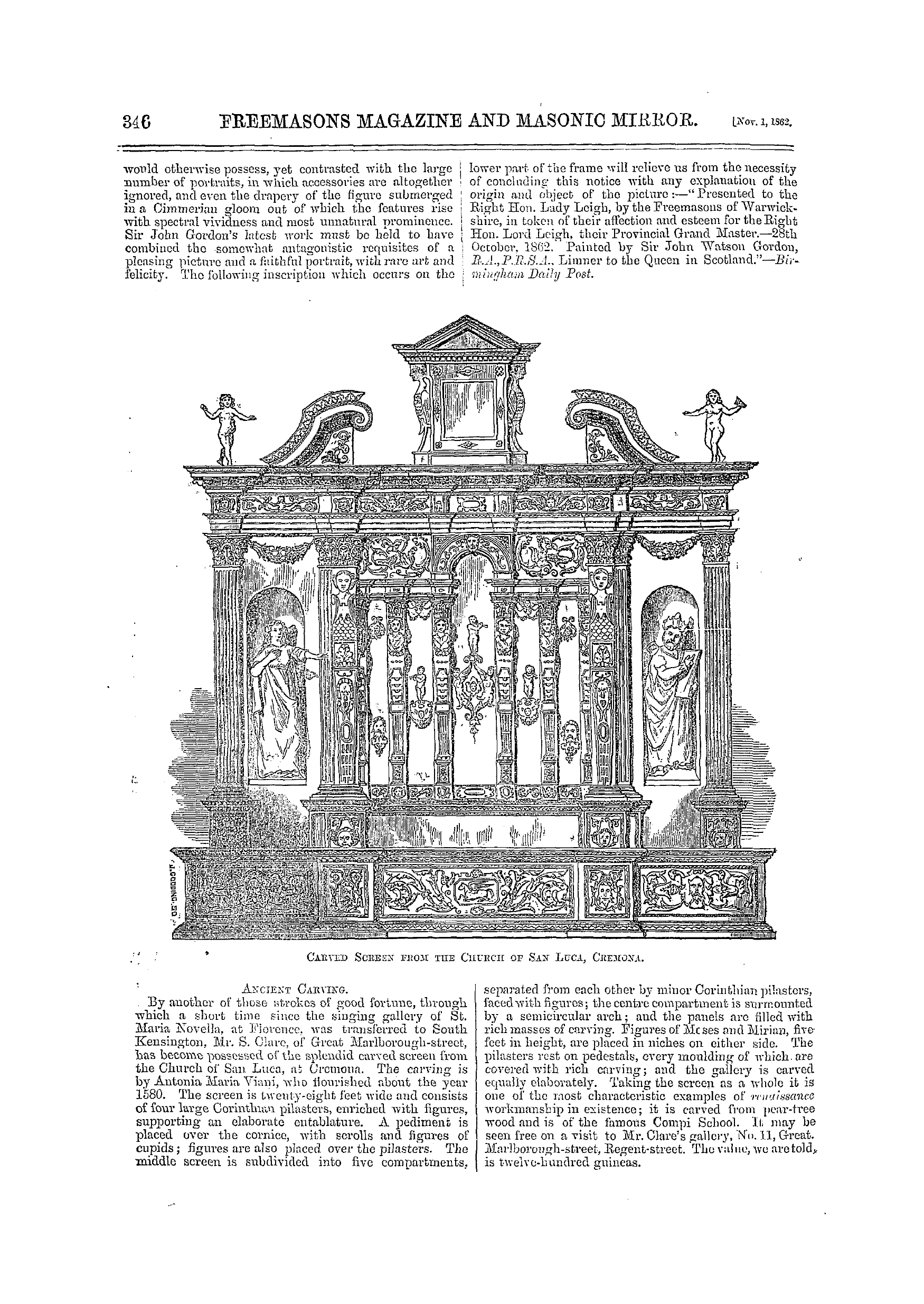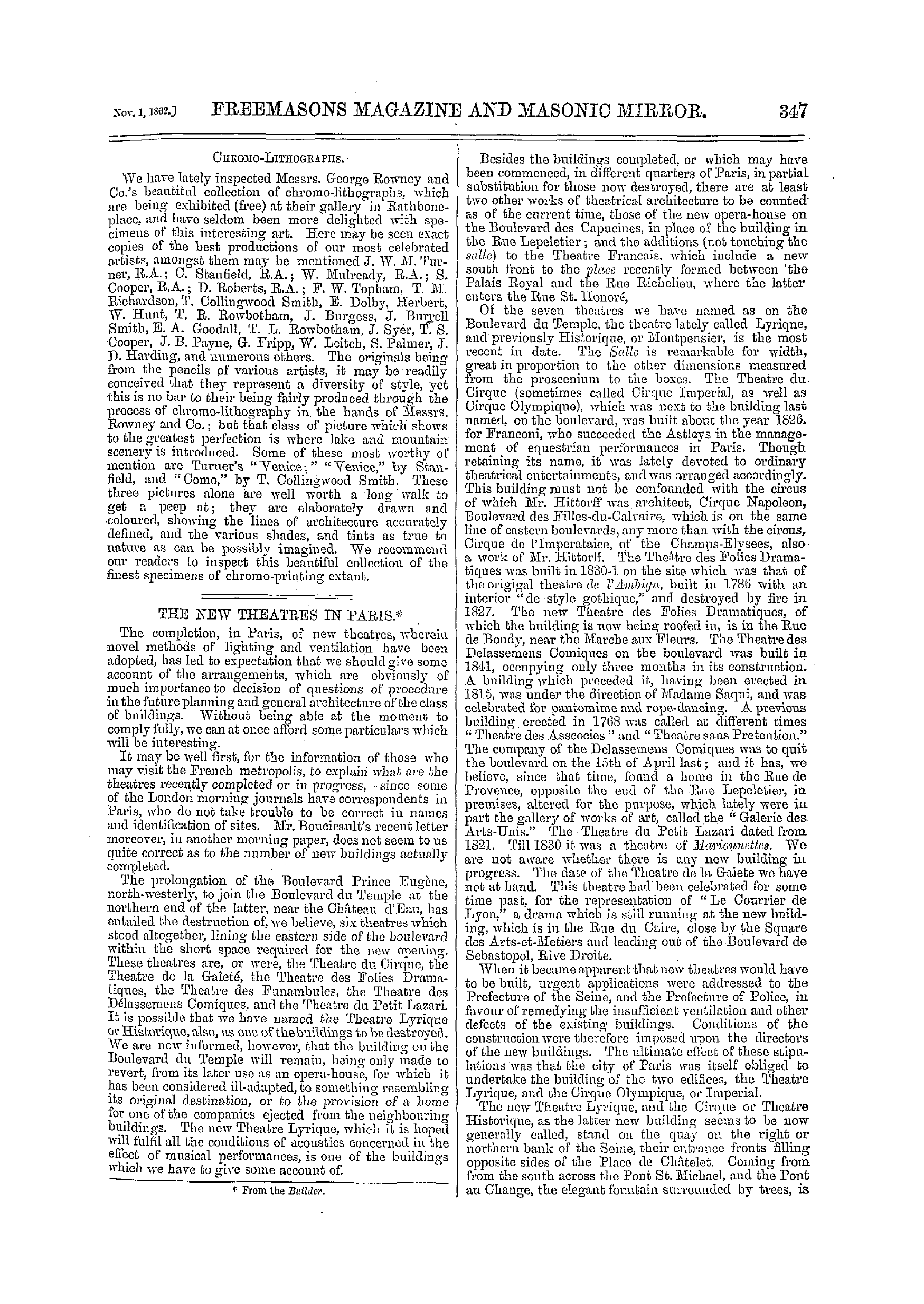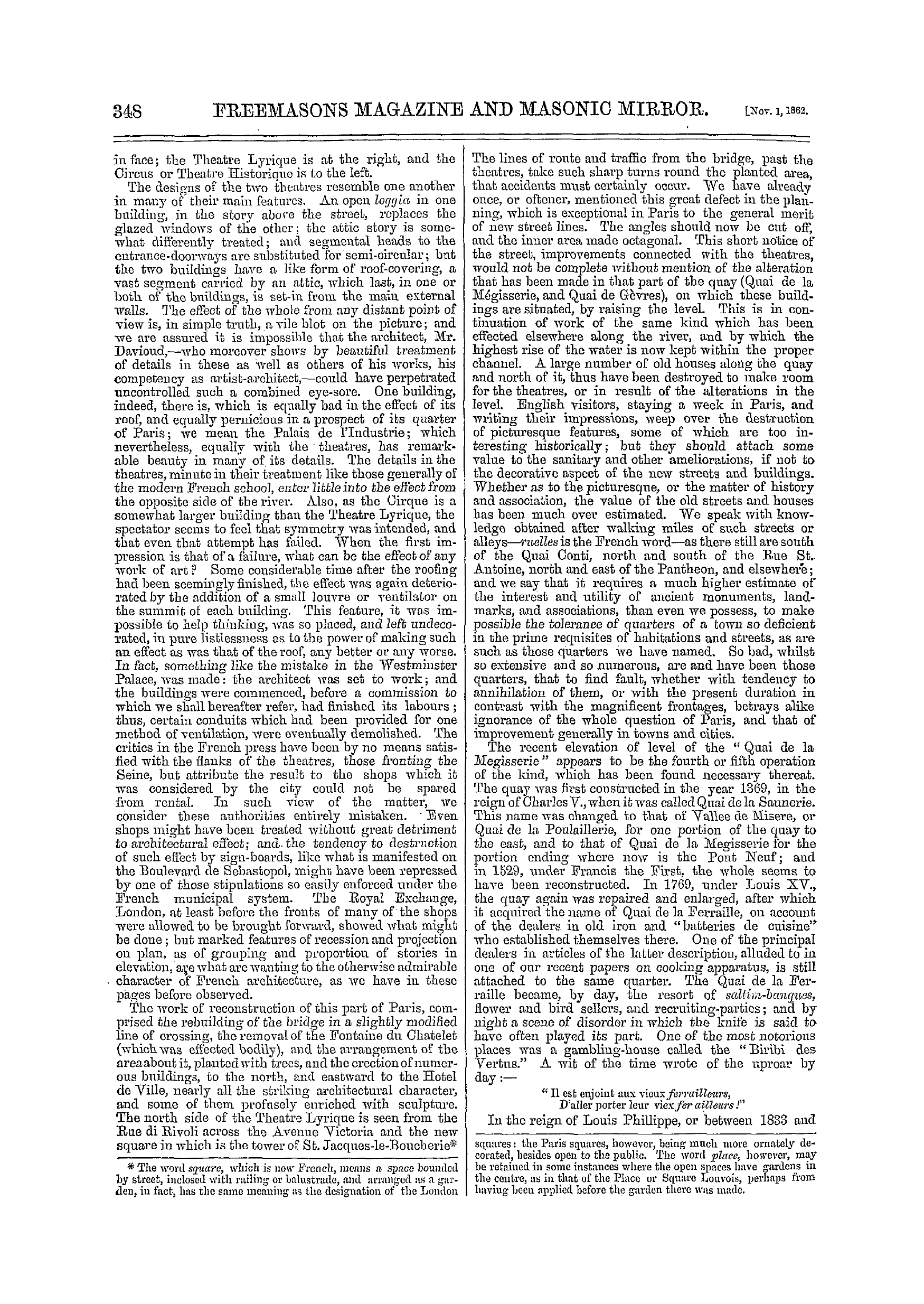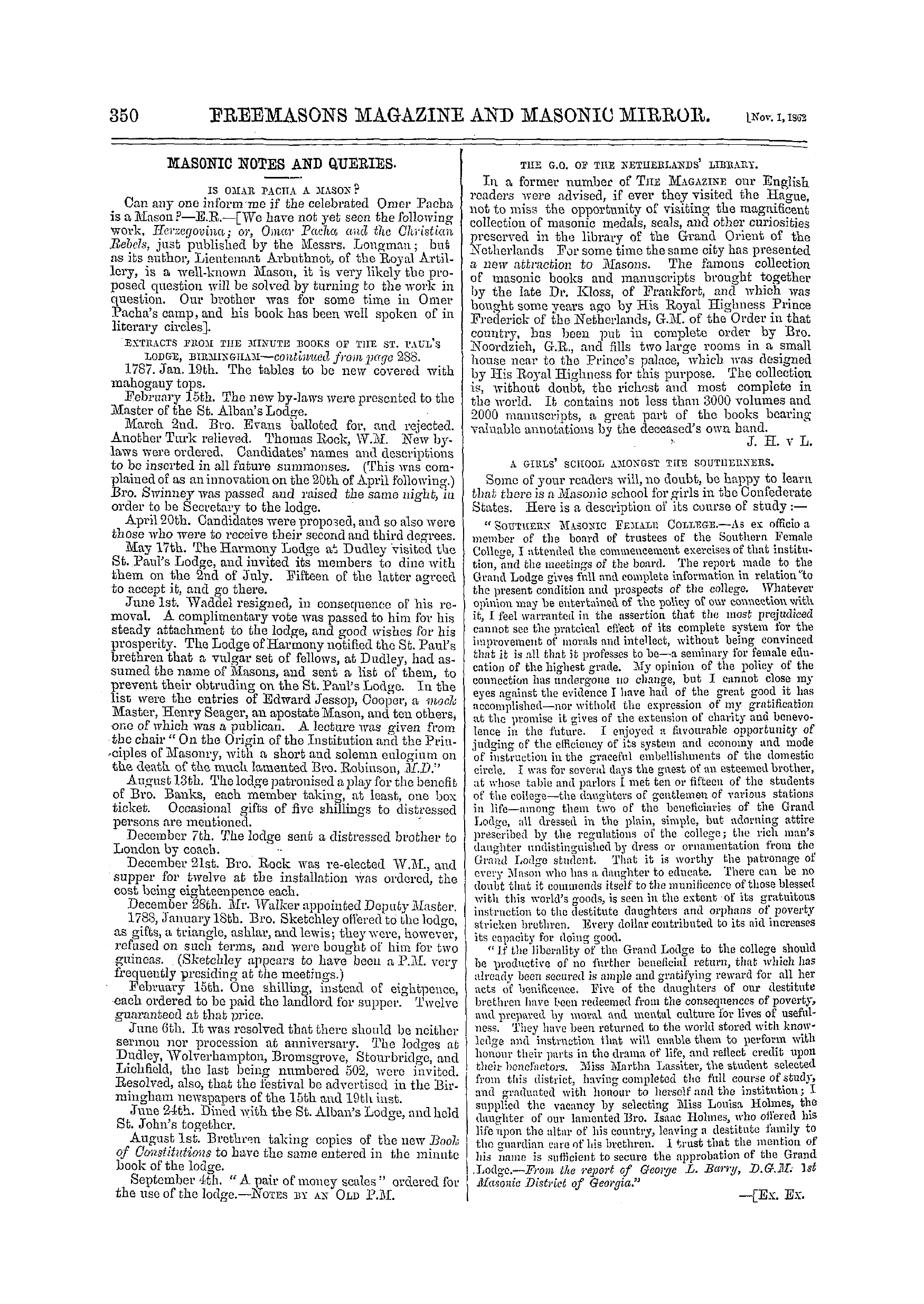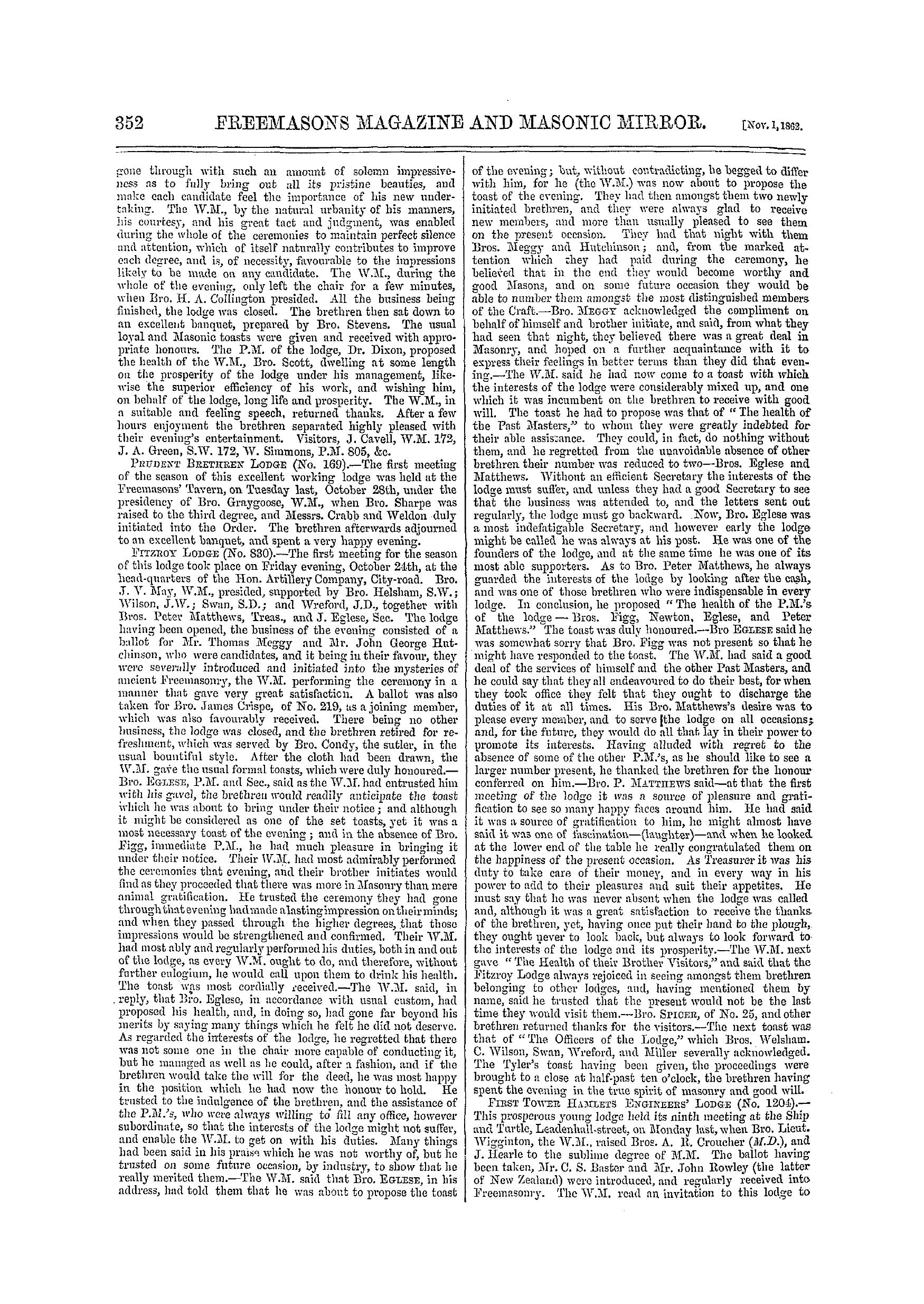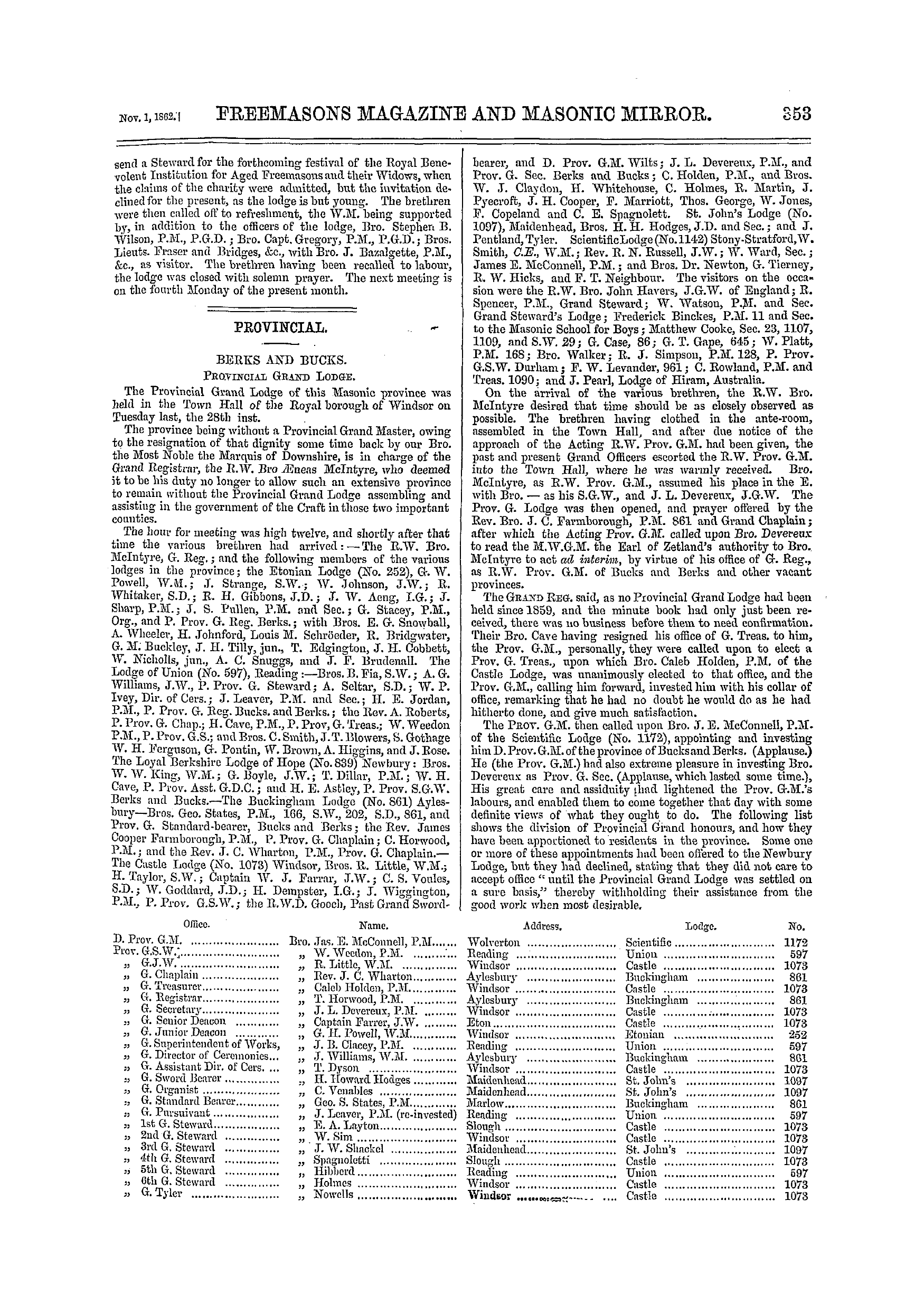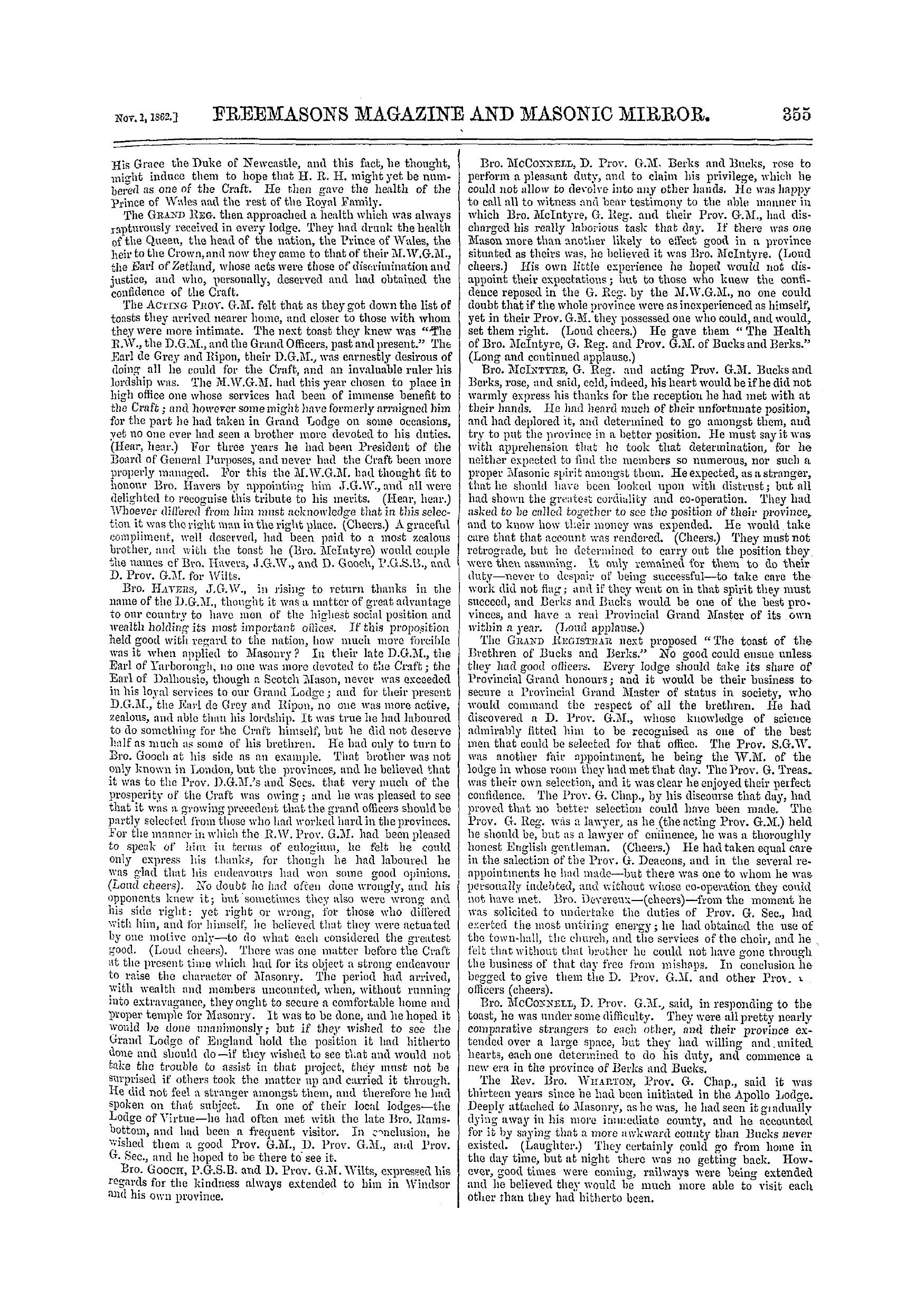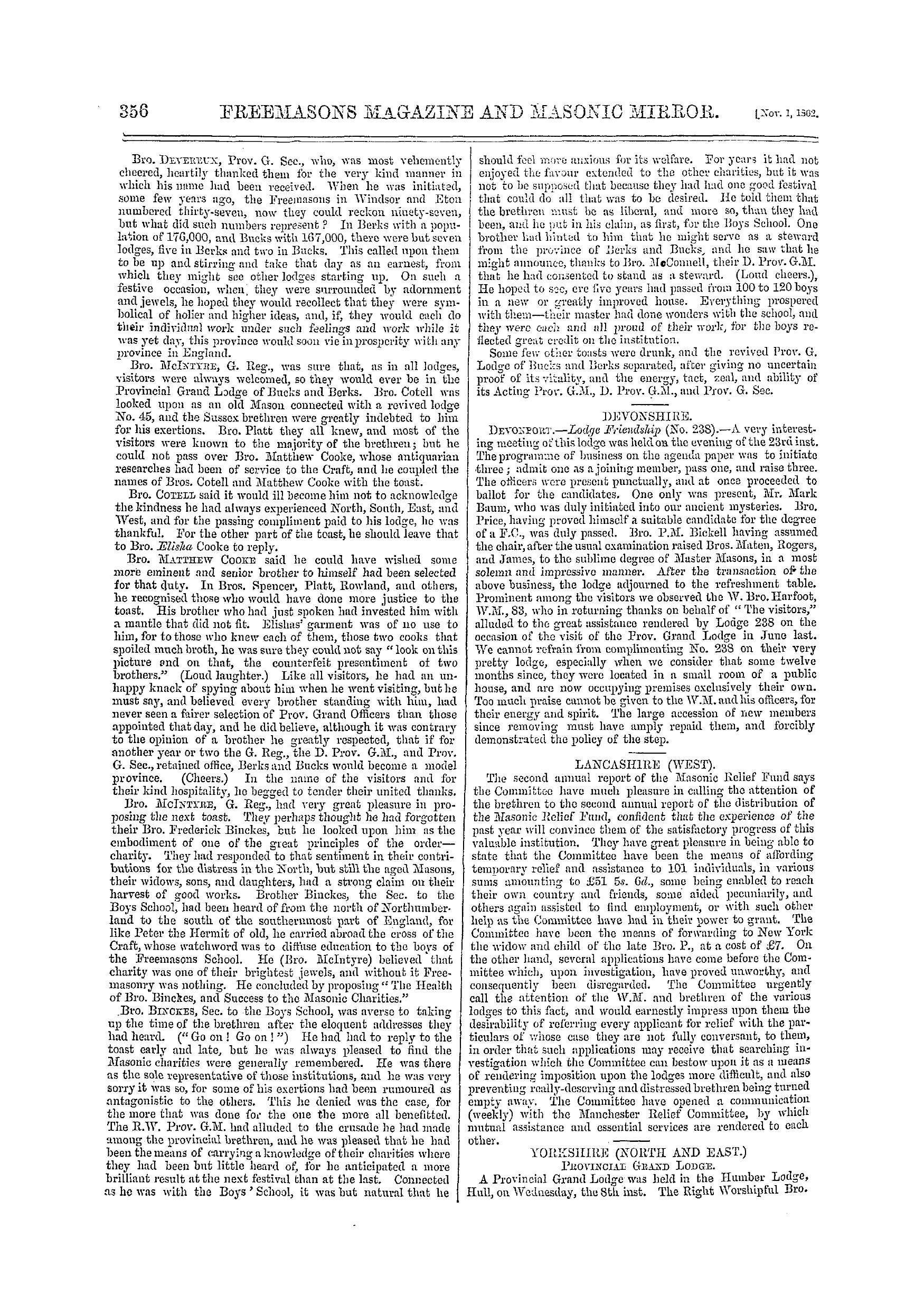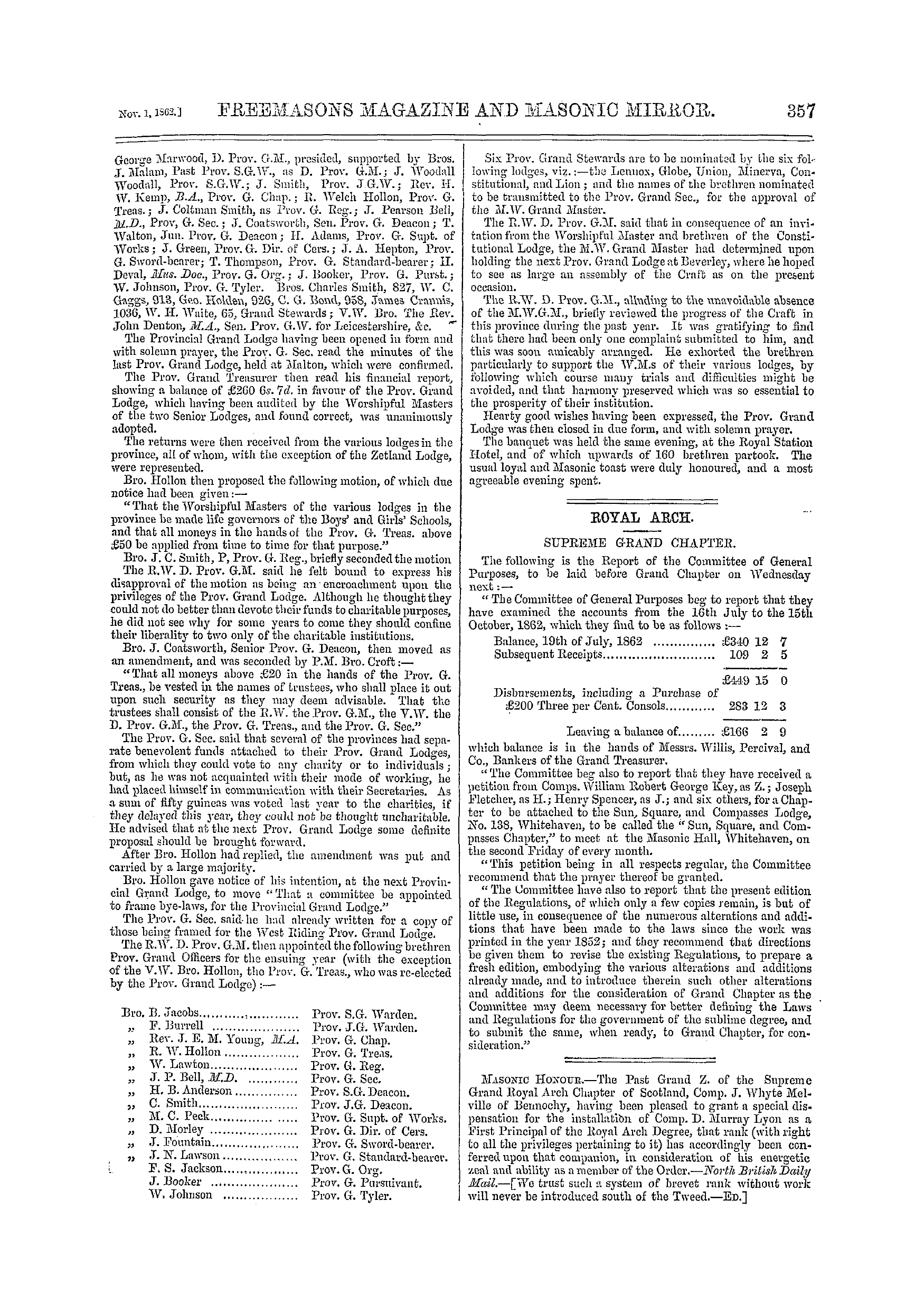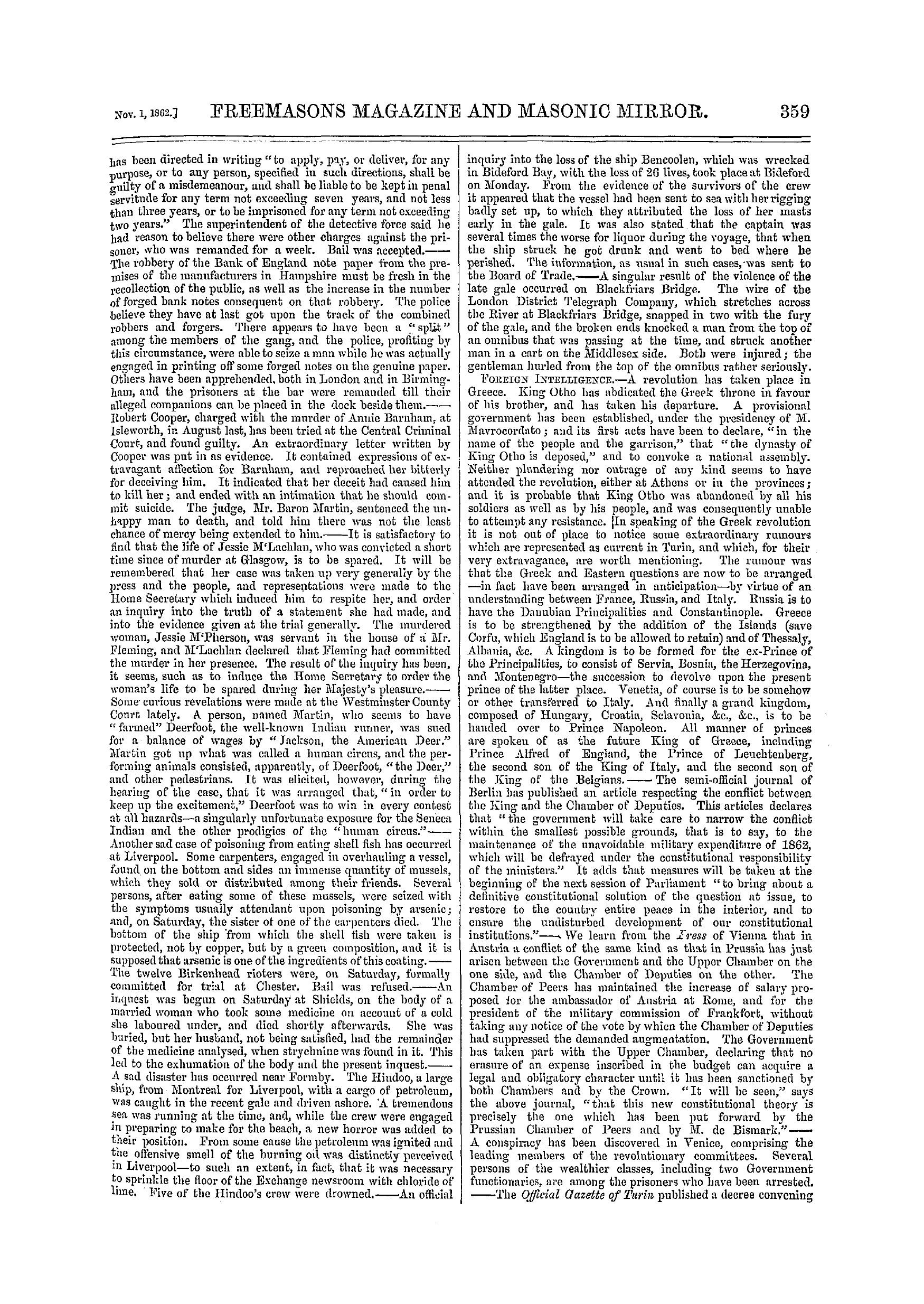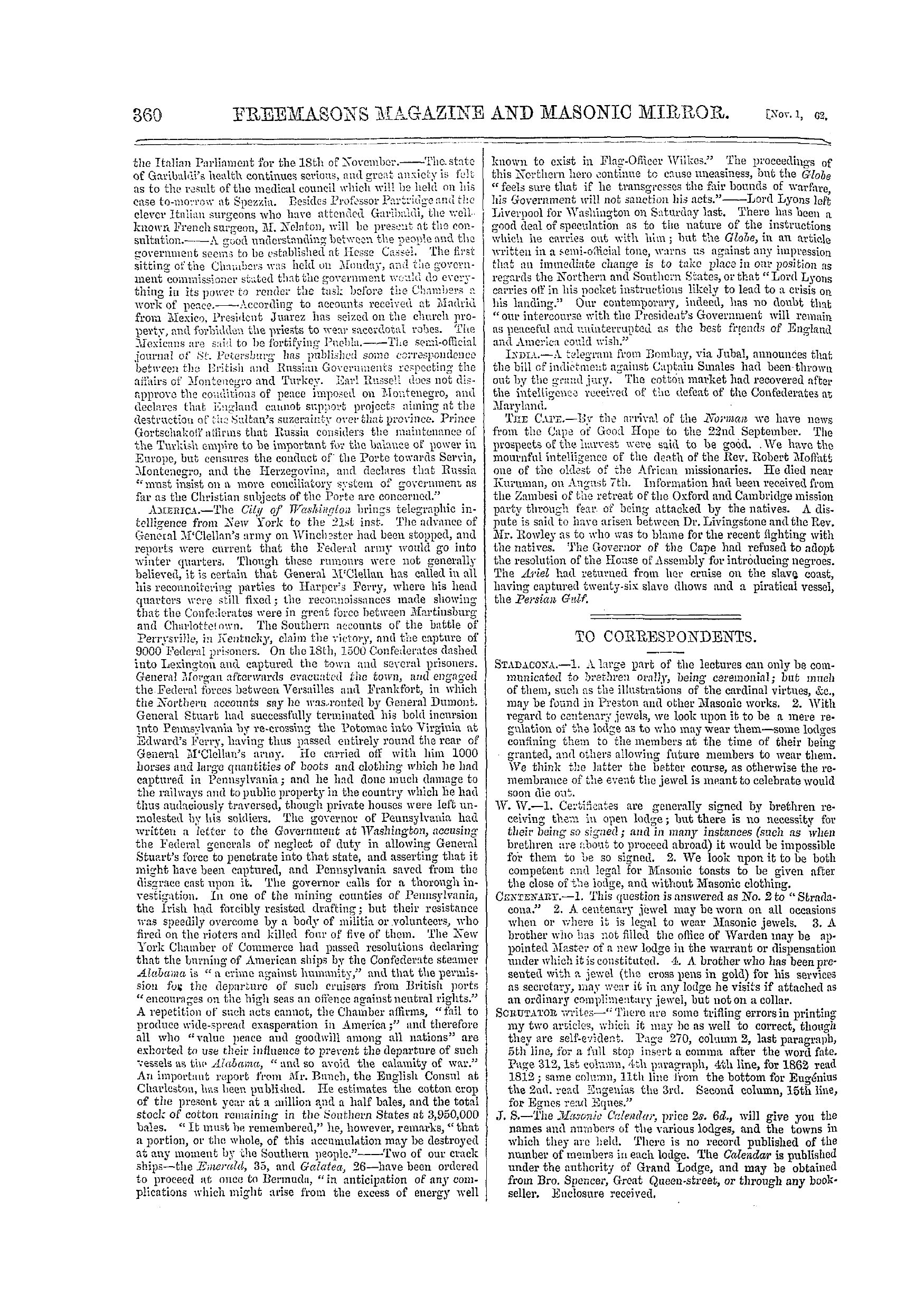-
Articles/Ads
Article FINE ARTS. ← Page 2 of 2
Note: This text has been automatically extracted via Optical Character Recognition (OCR) software.
Fine Arts.
would otherwise possess , yet contrasted with the large number of portraits , in which accessories are altogether ignored , and even the drapery of the figure submerged in a Cimmerian gloom out of which the features rise with spectral vividness ancl most unnatural prominence . Sir John Gordon ' s latest work must be held to have combined the somewhat antagonistic requisites of a pleasing picture and a faithful portrait , with rare art and felicity . The following inscription which occurs on the
CAKVED SCEESX riiOJt TUB Cui-ECir or SAX LUCA , C ' REJIOXA
AXCIEXT CARVING . . By another of those strokes of good fortune , through which a short time since the singing gallery of St . Maria Novella , at Florence , was transferred to South Kensington , Mr . S . Glare , of Great Marlborough-street , has become possessed of the splendid carved screen from the Church of San Luca , at Cremona . The carving is by Antonia Maria Viaiiiwho flourished about the year
, 1580 . The screen is twenty-eight feet wide and consists of four large Corinthian pilasters , enriched with figures , supporting an elaborate entablature . A pediment is placed over the cornice , with scrolls and figures of cupids ; figures are also placed over the pilasters . The middle screen is subdivided into five compartments ,
lower part of the frame will relieve us from the necessity of concluding this notice with any explanation of the origin and object of the picture : — " Presented to the Right Hon . Lady Leigh , by the Freemasons of Warwickshire , in token of their affection and esteem for the Right Hon . Lord Leigh , their Provincial Grand Master . —28 th October , 1862 . " Painted by Sir John Watson Gordon , RA ., P . R 8 . A .. Limner to the Queen in Scotland . "—BirrnuinhuM Daily Post .
separated from each other by minor Corinthian pilasters , faced with figures ; tbe centre compartment is surmounted by a semicircular arch ; aud the panels are filled with rich masses of carving . Figures of Mc ses and Mirian , fivefeet in height , are placed in niches on either side . The pilasters rest on pedestals , every moulding of which , are covered with rich carving ; and the gallery is carved equally elaborately . Taking the screen as a whole it is
one of tho most characteristic examples of renaissance workmanship in existence ; it is carved from pear-tree wood and is of the famous Compi School . It may be seen free on a visit to Mr . Clare ' s gallery , No . II , Great . Marlborongh-street , Regent-street . The val ue , we are told * is twelve-hundred guineas .
Note: This text has been automatically extracted via Optical Character Recognition (OCR) software.
Fine Arts.
would otherwise possess , yet contrasted with the large number of portraits , in which accessories are altogether ignored , and even the drapery of the figure submerged in a Cimmerian gloom out of which the features rise with spectral vividness ancl most unnatural prominence . Sir John Gordon ' s latest work must be held to have combined the somewhat antagonistic requisites of a pleasing picture and a faithful portrait , with rare art and felicity . The following inscription which occurs on the
CAKVED SCEESX riiOJt TUB Cui-ECir or SAX LUCA , C ' REJIOXA
AXCIEXT CARVING . . By another of those strokes of good fortune , through which a short time since the singing gallery of St . Maria Novella , at Florence , was transferred to South Kensington , Mr . S . Glare , of Great Marlborough-street , has become possessed of the splendid carved screen from the Church of San Luca , at Cremona . The carving is by Antonia Maria Viaiiiwho flourished about the year
, 1580 . The screen is twenty-eight feet wide and consists of four large Corinthian pilasters , enriched with figures , supporting an elaborate entablature . A pediment is placed over the cornice , with scrolls and figures of cupids ; figures are also placed over the pilasters . The middle screen is subdivided into five compartments ,
lower part of the frame will relieve us from the necessity of concluding this notice with any explanation of the origin and object of the picture : — " Presented to the Right Hon . Lady Leigh , by the Freemasons of Warwickshire , in token of their affection and esteem for the Right Hon . Lord Leigh , their Provincial Grand Master . —28 th October , 1862 . " Painted by Sir John Watson Gordon , RA ., P . R 8 . A .. Limner to the Queen in Scotland . "—BirrnuinhuM Daily Post .
separated from each other by minor Corinthian pilasters , faced with figures ; tbe centre compartment is surmounted by a semicircular arch ; aud the panels are filled with rich masses of carving . Figures of Mc ses and Mirian , fivefeet in height , are placed in niches on either side . The pilasters rest on pedestals , every moulding of which , are covered with rich carving ; and the gallery is carved equally elaborately . Taking the screen as a whole it is
one of tho most characteristic examples of renaissance workmanship in existence ; it is carved from pear-tree wood and is of the famous Compi School . It may be seen free on a visit to Mr . Clare ' s gallery , No . II , Great . Marlborongh-street , Regent-street . The val ue , we are told * is twelve-hundred guineas .
